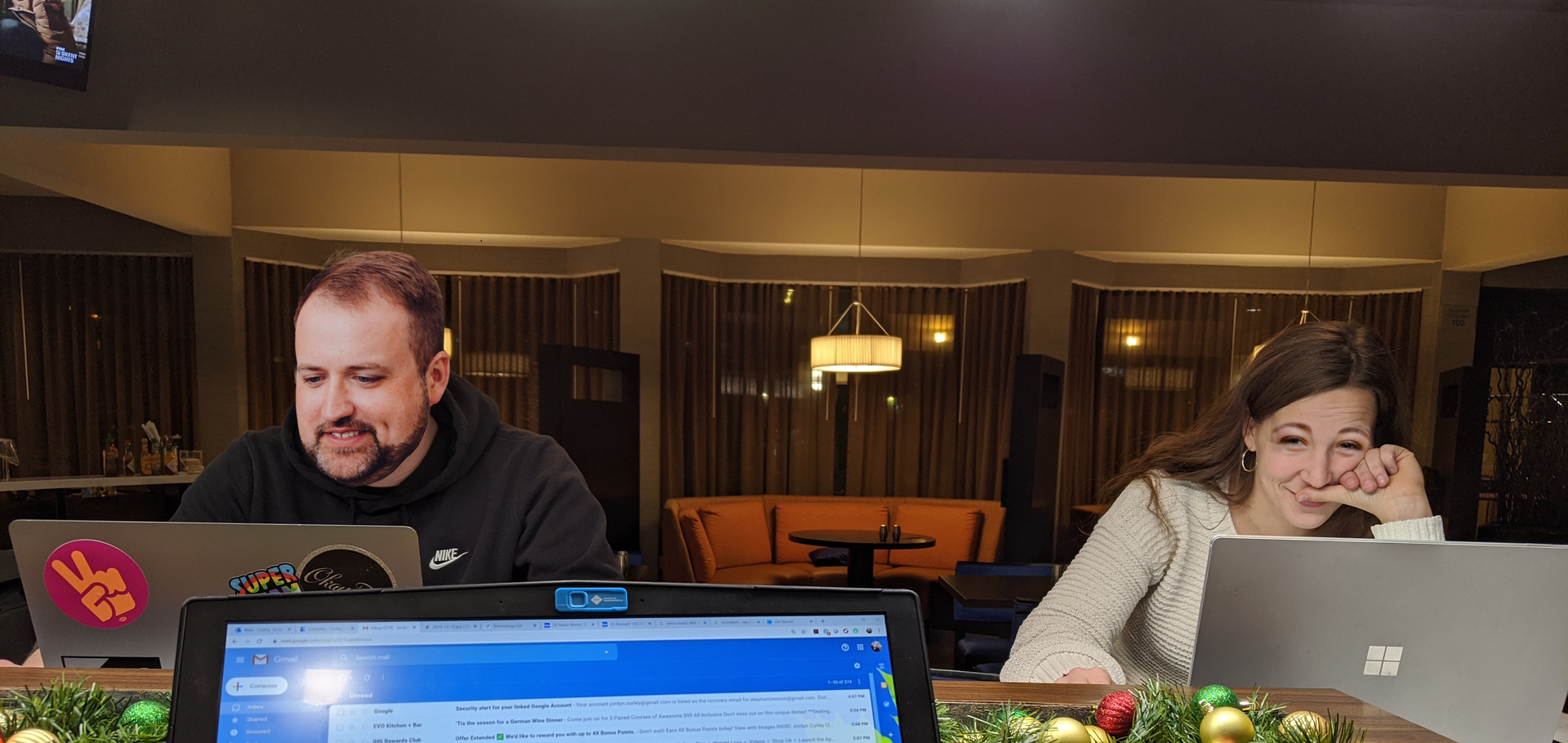10 Tips for Working with Remote Artists
Working with remote artists is not unlike working with
in-house artists. The biggest difference is you can't be a "helicopter parent"... Or is it a "helicopter boss"?

When someone is located hundreds or thousands of miles away it's not as simple as walking by their desk to check in with them. However, there are other effective ways to be sure that expectations and deadlines are met. Use the tips below to have a harmoniously working remote team, but remember, no two teams are alike, use best pratcies for the artists you are working with.
1: Be flexible.
An artist produces better work when they have flexibility with when they can work. No two artists are alike. Sometimes you'll have an artist who prefers to work a typical 9 to 5 schedule. Some artists work better early in the morning, late at night or on the weekends. Get used to the fact that you'll have communications coming in that are not simply within the 9 to 5 workday.
The best way to be flexible with the varying work schedules is to let your team know when you will be responsive. If you're working a 9:00 to 5:00, let your artists know that you will not be responding outside of those hours. Do you like to keep weekends to just family? Let your artist know that weekends you will be going radio silent.
It sounds counter intuitive, but by being specific with your schedule allows artists to be flexible with theirs.
2: Set expectations.
Expectations can come in many forms, responding to emails, meeting deadlines lines, milestones, daily task lists... Whatever the expectation of your team is, make sure that it's clear up front. The first way to do this is to set expectations with your personal work schedule.
A great way to set expectations in a constantly moving pipeline is to have daily or weekly check ins. Those who have more responsibility on their plate should have more frequent check ins. Typically your managerial staff should have a daily meeting to be sure schedules are aligned and daily priorities are set. Artists have tasks that take longer, so weekly or bi-weekly meetings are typical. Talk about the meeting frequency with your artist or team and come up with a schedule that works for them.
3: Be Honest.
Being honest sounds like a no brainer, but when you think about it there are a lot of little lies that we could tell every day. Some producers like to tell an artist a deadline, when in reality the deadline is 2 weeks later the producer just wants to hedge their bets. I have found that this causes a lot of distrust between the management and the artist. When a deadline is given then a roadblock hits and suddenly that deadline moves, the artist feels like they ran towards a goal that was never actually there. Instead, I like to set milestones within a period of time.
Here's an example. I recently had an editor who needed to reach 4 milestones in 5 weeks. Instead of setting out what each one of those milestones were each week, we looked at the calendar together and said, "Okay by the end of these 5 weeks we need to have all 4 milestones reached. When do you think you'll be able to hit the first one?" This allowed me to put the power into the hands of my editor. Instead of dictating to him when things needed to be done. I was working together with him to make sure that he had the time he needed to get the tasks done.
4: Know Your Artist.
If you're a parent, you know, just because two kids come from the same stock doesn't mean that they are the same. Just like how no two artists are the same. Some will be very organized, others, not so much. Be willing and able to work with both. The best way to do this is to make sure that there are practices in place to help people keep organized whether they themselves are or aren't.
Naming conventions are a must. File structure is a must. Before any work is created or delivered, these should be a part of the onboarding to the project. Even if the artist is not organized, the manager needs to be.
5: Know What it Takes.
You don't have to be an artist to manage artists. But you do need to realize the amount of work that it takes. If you've never been around an artist before know that it takes preparation before pen meets paper, or stylus meets tablet. Sometimes, it may seem like a lot of work isn't getting done, but in reality it is. Seeing a storyboard sequence of 150 panels in a week doesn't mean that that artist only did 150 panels in a week. You're not seeing everything that they cut before ever showing it to you. Hours go into the pre-production of the pre-production. The mind of the artist is constantly at work whether they're actively creating or not.
I used to manage an artist who seemed to be doing nothing all week. Then two days before a deadline, he would pump out some of the best stuff you've ever seen. On the other hand, I've also worked with artists who would be noodling away well over 40 hours a week on a concept and at the end of the week still have nothing to show for it.
6: Not all artists are angsty.
If there's one thing that I can't stand, it's the old cliche that artists are brooding, have something they are hiding, haven't quite found themselves in the world... etc... that is complete bull. Sure, you'll run into that once in a while, but the greater majority of artists are fun, loving, caring, awesome people that you'll wish were your friends.
I used to go to this event in Boston called Drink and Draw. I loved going because so many different types of people would come out for it. Some artists would get loud and crazy and drunk and maybe draw something here or there. Other artists would sit at a table quietly sketching. Some would work in groups to create one picture, and some didn't draw at all. What I loved about this was the fact that everyone came out. It shows that they were looking for community outside of their regular working space. If there's one thing that I can say about artists is that they want community. That community can be in person or that community can be online, but art does not get created in a vacuum.
Having spaces that artists can connect outside regular work talk is important. That's why I like Slack or Discord for artists being able to communicate directly with each other. Don't underestimate the power of the GIF.
7: Have Vision.
Your artist is the creator, but ultimately you are the visionary. An artist will bring great ideas and designs but they also need you to guide them. Professional artists know that work will get critiqued, it's part of the job. Storyboards get left on the editorial floor. Concepts that were worked on for hours get thrown in the trash. Character designs never see the light of day... It's part of the business, don't be afraid to let an artist know what needs to be changed about their work. Ultimately, the final say comes from the showrunner or creative producer, not them.
However...
No one puts baby in a corner. Don't give your artists direction that's so specific that there's no room for creativity. Just because you have the final say creatively doesn't mean that you have the best say. Artists do what they do for a reason, they have great creative minds. Utilize the creativity around you and know that you don't always have the right answers. There are times when you have a specific vision, and that's okay. But, be open to critique on your own vision.
Collaboration is the key to creating amazing concepts.
8: Listening Ears.
Allow them to speak and just listen. Talk to artists individually and get open feedback about their experience on the team and any issues they are having. Allow them to critique you as well, as much as you are comfortable with. Listen, and act to improve. Doing this at least once a quarter and following up with a team meeting to resolve said issues will help greatly.
With a production I'm working on we have about 8 storyboard artists. I discovered one day, when talking with an artist that they preferred to work in vector in Storyboard Pro. They were complaining that other artists didn't. I had the artist walk me through why vector is better. I met with other artists who agreed, so, because of those conversations it's now required that our artists all work in vector. It allows our artists to work quicker and more efficiently. While it may seem small, if I didn't create a safe space for that artist to vent to me, I never would have known that. We would be less efficient and I'd have an unhappy artist.
9: Embrace Change
Those meetings I've mentioned several times, allow those to be the catalyst for change. Even in an otherwise "typical" meeting people may mention things that'll open up new ideas or workflows. Just because you like a workflow or because it's how you did it at a previous job, doesn't mean it's the most efficient.
To use the family analogy, just because one family loves to go on hikes on Sundays, doesn't mean that every family does. All production teams are made up of different personalities, technologies change and skillsets are varied. While there are certainly best practices to follow, that doesn't mean that ALL production teams should follow them. Discover best workflows, pipelines and technologies with your team through open and honest communication.
10: Don't talk money.
If you are not the one in charge of the financials for your production then don't talk about the financials for your production. Just like everyone in the world, artists need to make a living. Talking money with them and trying to haggle over hours won't get you or them anywhere if ultimately you're not the one who holds the checkbook. When financial questions arise, be sure to contact your producer. The producer will set up a call with your artist and they will talk about finances without having you as the visionary be involved. Talking about finances with your artists will make them less likely to see you as a creative.
The best thing to remember overall, is that like no two people are alike, no two artists are alike either. Treat everyone with respect, communicate openly, set expectations up front, and you will see your team's creativity blossom.


